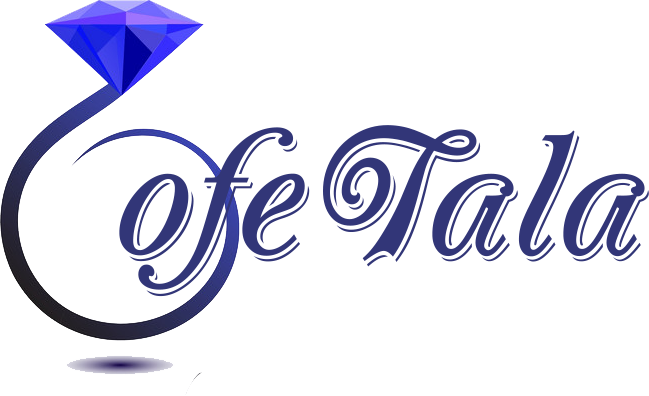Familiarity with the purchase and profitability of the initial public offering
The first day of a public offering, that is, when a company's stock is first listed on a stock exchange, is called an "Initial Public Offering (IPO)." The money from the initial public offering goes directly to the company, but if If someone wants to buy these shares later, the money will go to the seller, in other words, after the initial public offering, the shares will be traded in the secondary market.
According to the Gold Cafe, the initial public offering of corporate shares is one of the most attractive options for investors, especially new entrants to the stock market. Because the stocks that are sold in this offering are mostly profitable and therefore have a lot of fans.
Join us to review the initial public offering by bookbuilding.
✔ IPO (Initial Public Offering)
The term, which translates as " Initial Public Offering (IPO "), refers to the first day a company is listed on the stock exchange, where a certain percentage of the company's total shares are listed on the stock exchange for the first time. Experience has shown that more 90% of IPOs are profitable Note that IPOs do not mean that a company has just started its own business, but it does mean that it has just been allowed to buy. And its shares are listed on the stock exchange, and sometimes even state-owned companies with years of experience participate in the offering, and the conditions for buying and selling stocks in initial public offerings are slightly different from ordinary stocks. Bought?
✔ How to buy the initial supply?
There are several ways to buy an initial public offering they exist. But in this article, we will only deal with the methods used in the Tehran Stock Exchange. Until recently, initial public offerings on the stock exchange were auctioned on a time-priority basis. In this way, stocks were first discovered in a process in which real investors had no role; That is, the price at which first-time investors could buy those stocks was determined. Then, according to the number of shares of the company and the number of shares that were to be offered, the quota of each person to buy the initial public offering shares was determined and the ordering time was determined. For example, the stock exchange announced that the offering of shares of company "a" will start at 12:30 and any investor can order 1000 shares at a price of 100 Tomans. In this method, the purchase price, purchase time and maximum purchase volume were determined in advance and you had to register your order in the system at the specified time.If the number of shares requested exceeded the number of shares offered, priority was given to those who had placed their order earlier. But for some time the buying method The initial public offering has been changed to book building .
How to benefit from the initial public offering?
According to an old belief among market participants, buying an initial public offering is profitable. Experience also confirms this belief. Because so far, more than 90% of the initial public offerings of the stock exchange have brought at least between 20-30% profit for its buyers. In some cases, this profit has even reached more than 100%. This has led to an increase in demand for shares that are being offered for the first time. This increase in demand, along with the buying restrictions that exist at the time of the initial public offering, causes the demand for the offered share to be higher than the number of shares offered in the market. As a result, if you buy the stock offered at the time of the first offering, because of the above, you will most likely see a buy queue in your stock in a few days. Of course, as mentioned, this happens most of the time and it is not always. So it is not possible to say with certainty that the price of that share will definitely grow in the coming days.
✔ Why do companies' stock prices rise after the first offering?
As we have said, one of the reasons for the rise in stock prices after the first offering is the existence of two limitations; Limit on the number of shares that can be bought and restrictions on the number of shares offered. After all, in such cases, the company's stock is usually offered a little cheaper than the intrinsic value estimated by analysts to be more attractive to investors. This will increase the demand for that share. This price attractiveness, along with the factors described, causes companies' stock prices to rise after the initial public offering. After a while, with the increase in the share price as well as the supply of major shareholders and investors who initially bought the share, the demand for the share gradually decreases. At this time, it is said that the share is balanced. After this incident, investors treat that share like other market shares. From now on, the rise and fall of the share price will depend on the performance of that company.Even if that stock has grown emotionally, it is still likely to experience a sharp decline.
Know more
Stock sales and initial public offering profitability
- Selling shares of the initial public offering and the book building method
برای خرید تقره آنلاین به سایت کافه سیلور مراجعه کنید.




